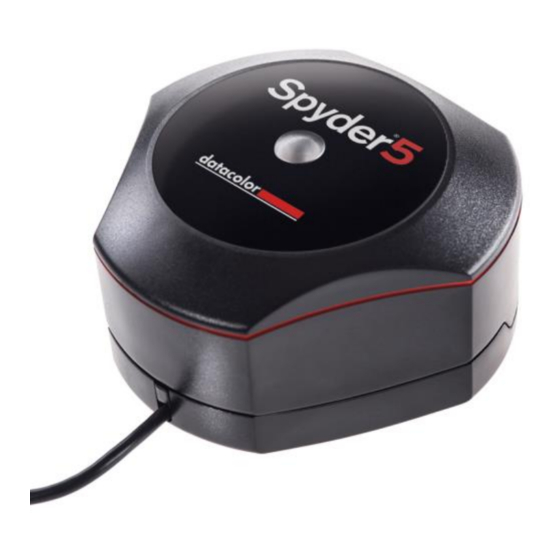
Table of Contents
Advertisement
Spyder5 User's Guide
Spyder
5EXPRESS
®
Hobbyist photographers seeking a simple monitor color calibration solution.
Next Generation Spyder5 colorimeter with dual purpose lens cap and
counterweight, improved tonal response, and the industry's only patented 7-
detector optical engine
See and share your images as you intended with confidence
Simple 4 step process guides you to a precise calibration giving you
exceptional color accuracy for image display and printing
"Before and After" evaluation of your calibration results using a professional
Datacolor composite image
Fast and easy, calibration takes about five minutes to ensure your color
accuracy
Multiple Monitor Support of all your laptop and desktop monitors including
wide gamut, LED and 4k/5k displays
1
Advertisement
Table of Contents



Need help?
Do you have a question about the Spyder5 Express and is the answer not in the manual?
Questions and answers